Time: 2025-10-29 08:51:37 Source: Henan Province Jianyun Cable Co., Ltd.
Choosing the right wire size is critical for safety, efficiency, and performance in any electrical project. The cross-sectional area (CSA) of a wire determines how much current it can safely carry without overheating. Get it wrong, and you risk voltage drops, fire hazards, or system failures. We’ve spent over 15 years in the cable industry helping engineers and installers select the perfect wire size — and today, we’re breaking it down step by step.
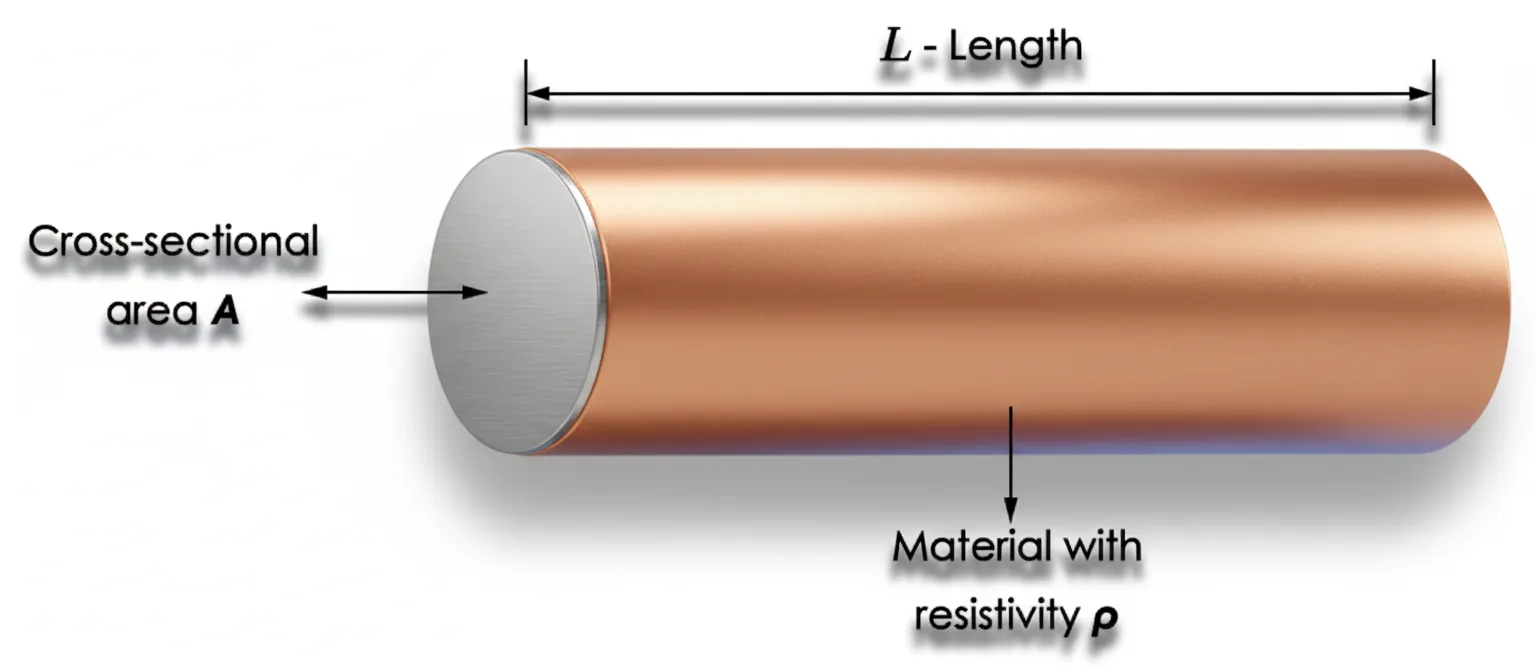
The cross-sectional area refers to the area of the conductor perpendicular to the current flow. For solid round wires, it’s simply the area of a circle. For stranded wires, it’s the total area of all strands combined.
Let’s keep it simple with the formulas you’ll actually use.
CSA = π × (d/2)²
Where d = diameter of the conductor (in mm)
Example: A 3 mm diameter copper wire
CSA = 3.1416 × (3/2)² = 7.07 mm²
CSA = Number of strands × π × (strand diameter/2)²
Example: 19 strands of 0.8 mm wire
CSA per strand = 3.1416 × (0.8/2)² = 0.5027 mm²
Total CSA = 19 × 0.5027 = 9.55 mm²
| mm² | AWG | Approx. Current (Copper, 3% drop) |
|---|---|---|
| 1.5 | 16 | 15 A |
| 2.5 | 14 | 20 A |
| 4 | 12 | 25 A |
| 6 | 10 | 32 A |
| 10 | 8 | 45 A |
| 16 | 6 | 60 A |
Follow this proven method to avoid undersizing or overspending:
Project: 30 kW motor, 400V, 50m cable run, 40°C ambient
→ I = 30,000 / (400 × 0.85 × 1.732) ≈ 51 A
→ With derating (0.87), need ~59 A capacity
→ Select 16 mm² copper (rated 76 A in conduit)
Need help selecting the perfect wire size? Henan Province Jianyun Cable Co., Ltd. offers TUV-certified copper and aluminum cables in all standard CSA sizes — from 1.5 mm² to 400 mm².
✅ Free sizing calculations
✅ Fast global shipping
✅ Custom lengths and packaging
Contact us today for a quote or technical support!
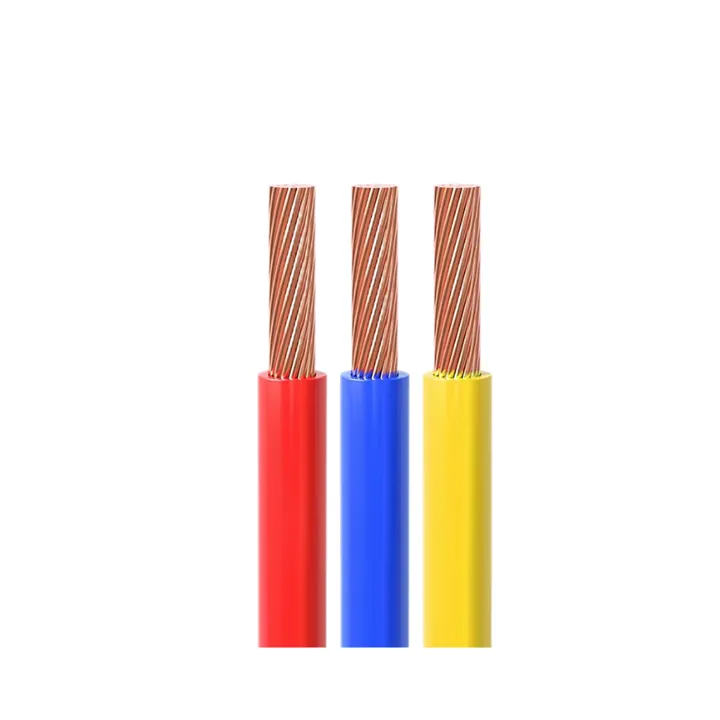
CE Certification 450/750v H07VVF Flexible Copper PVC Insulated Ac Cable 3*2.5 Mm
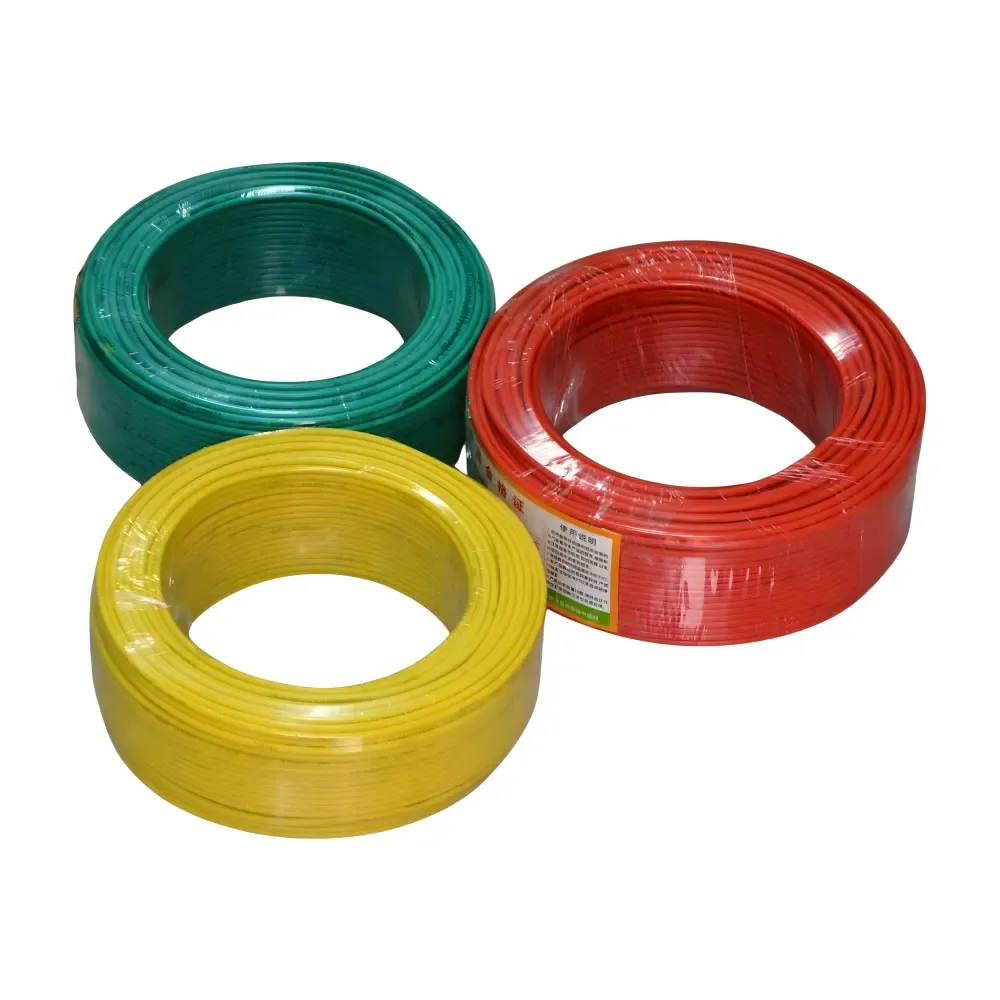
low voltage copper conductor PVC insulation underground BV BVR cable for industr
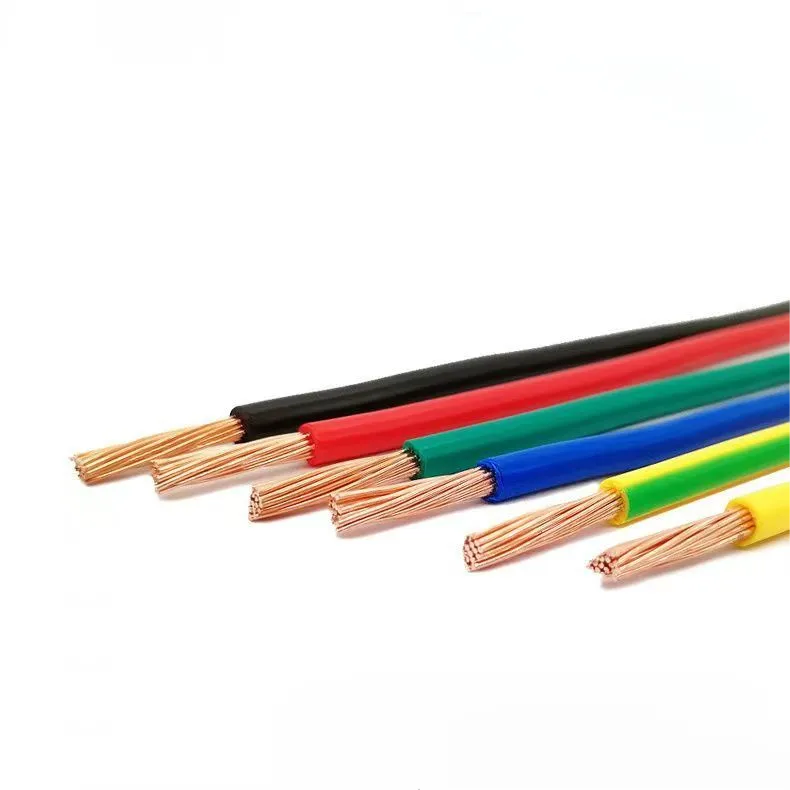
PVC electric wires are one of the most widely used electrical conductors in resi
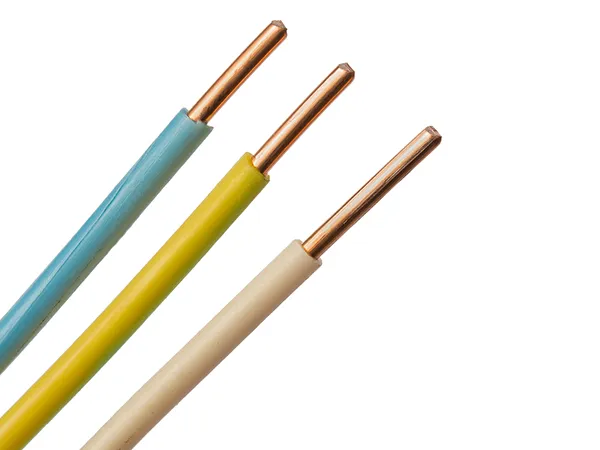
H07V-U wire is a flexible, low voltage electrical wire commonly used in industri